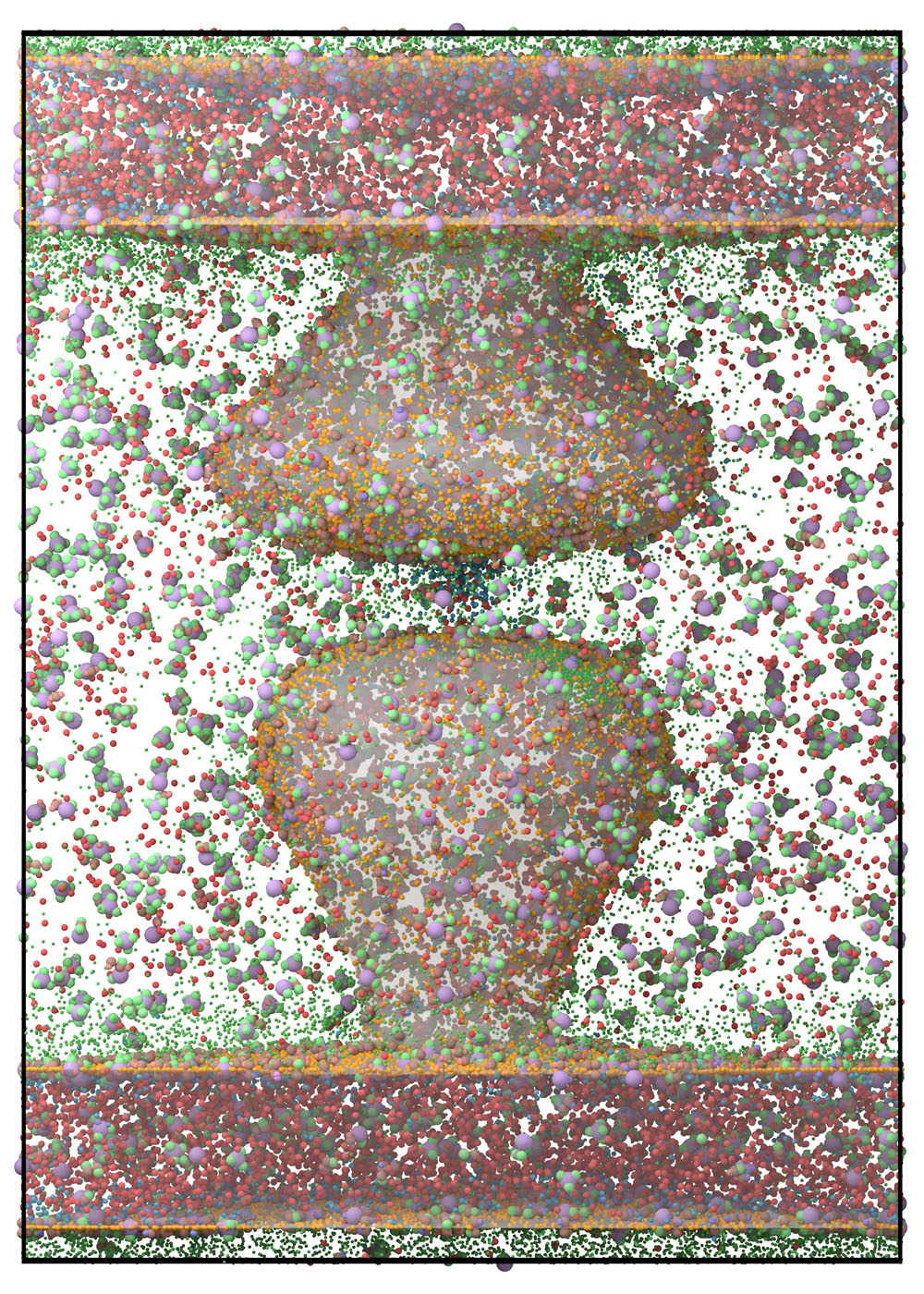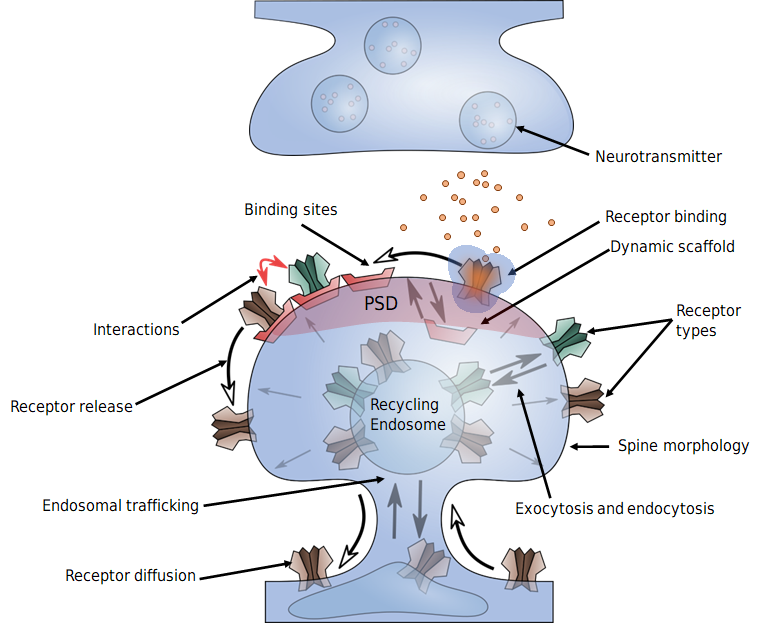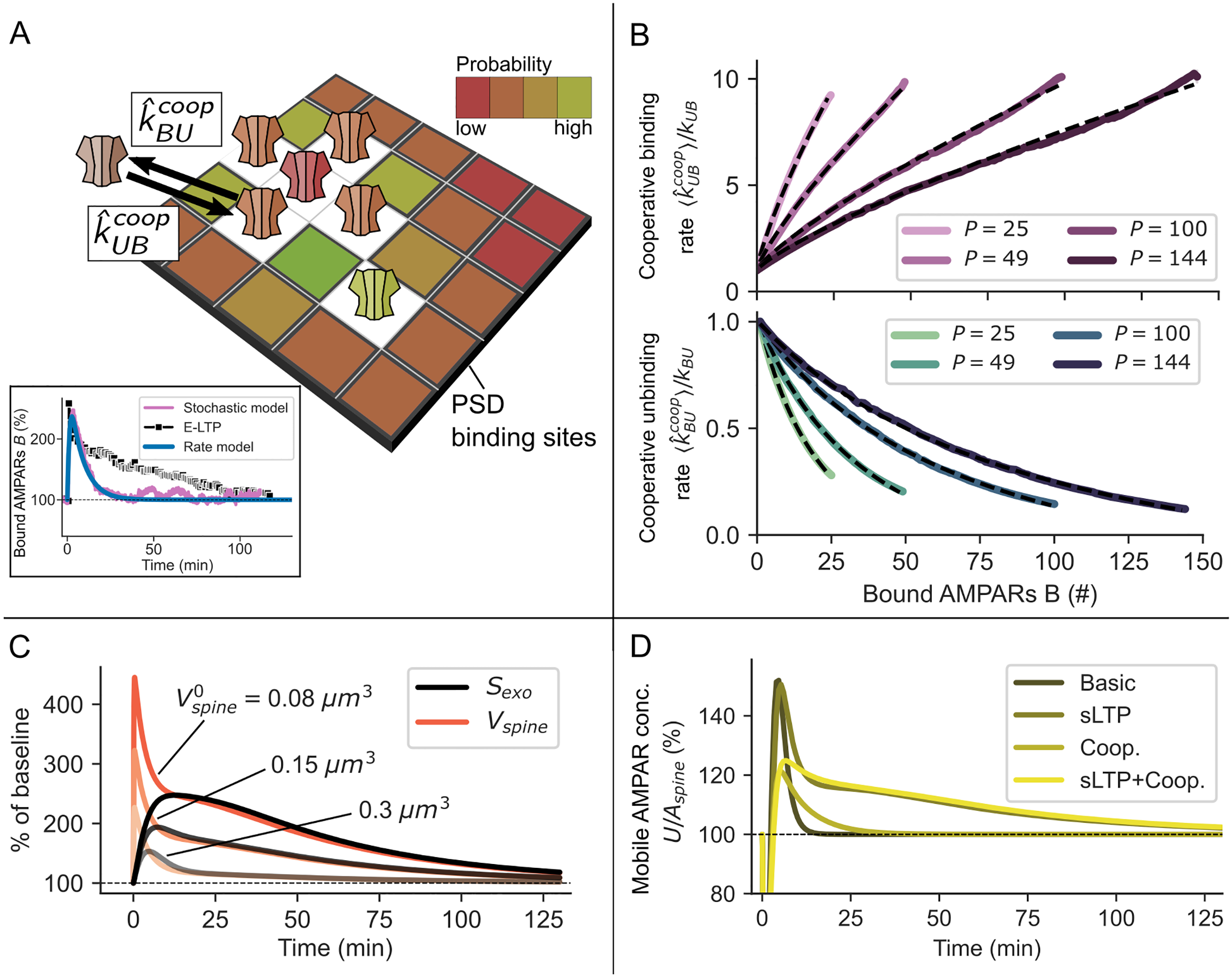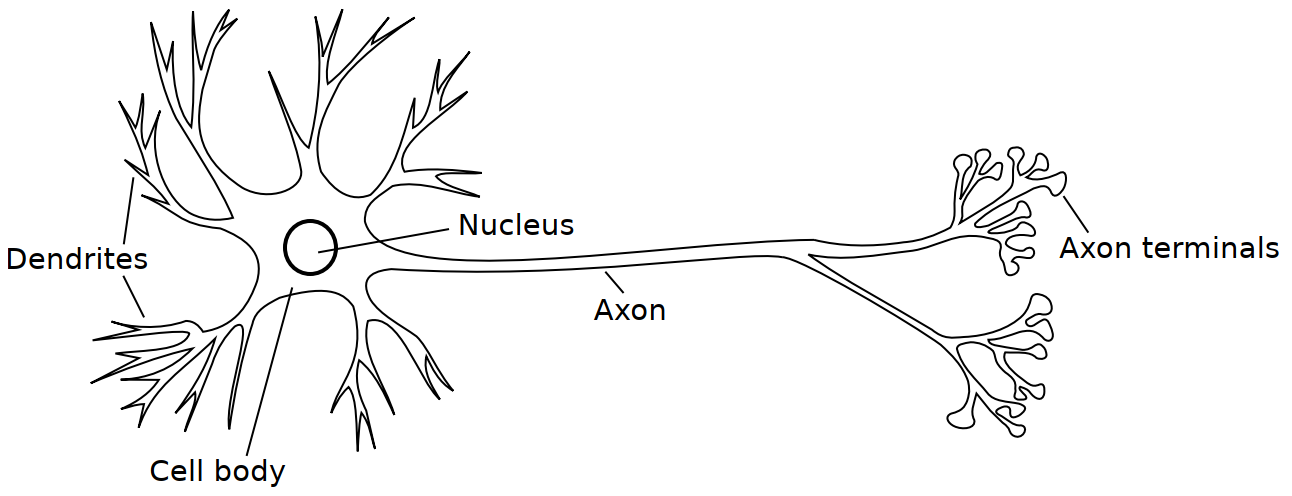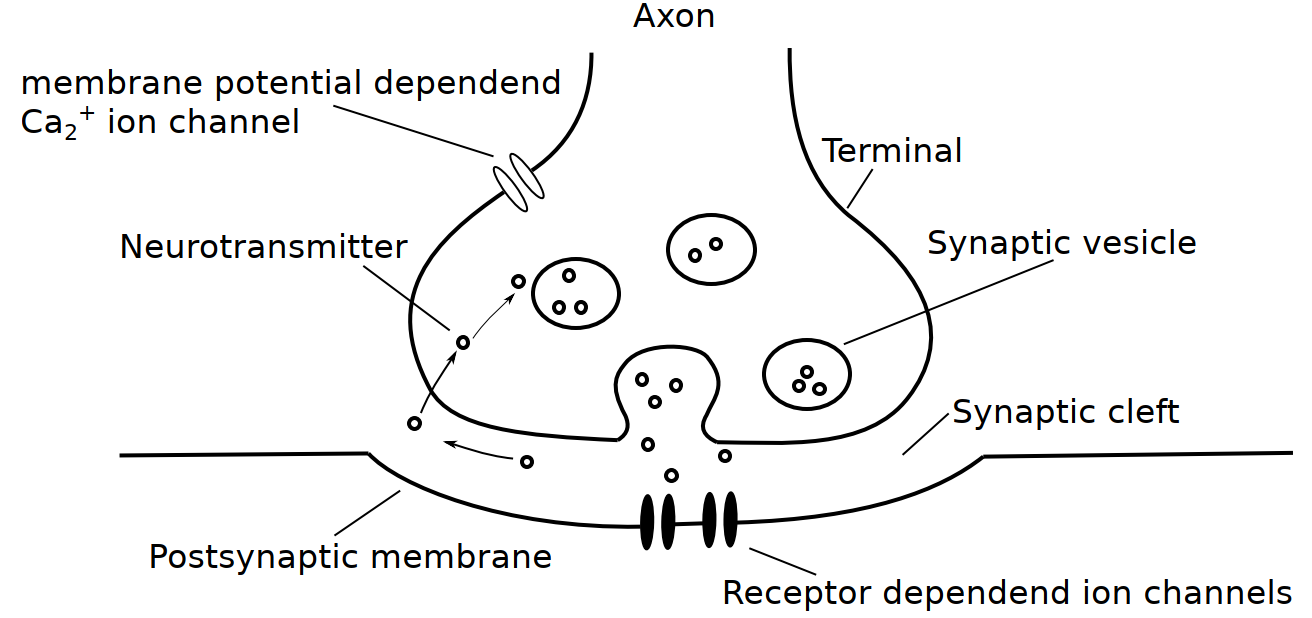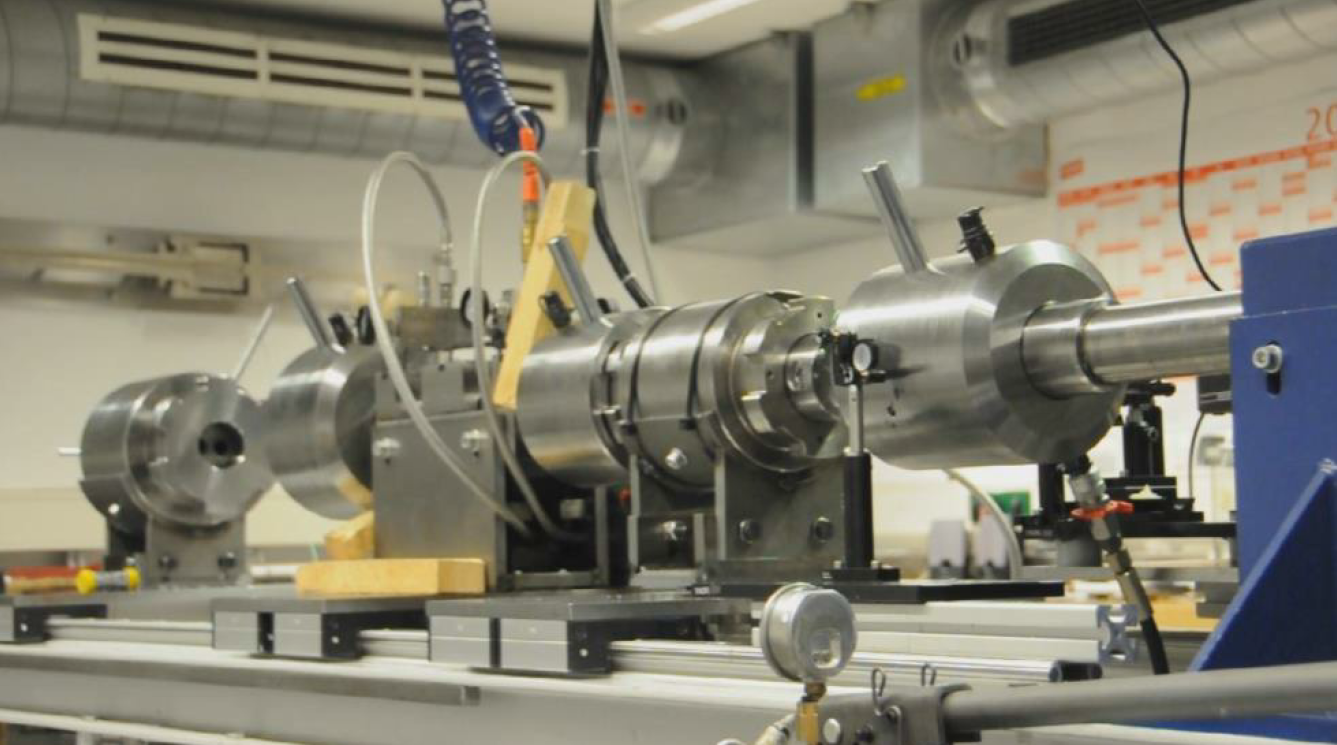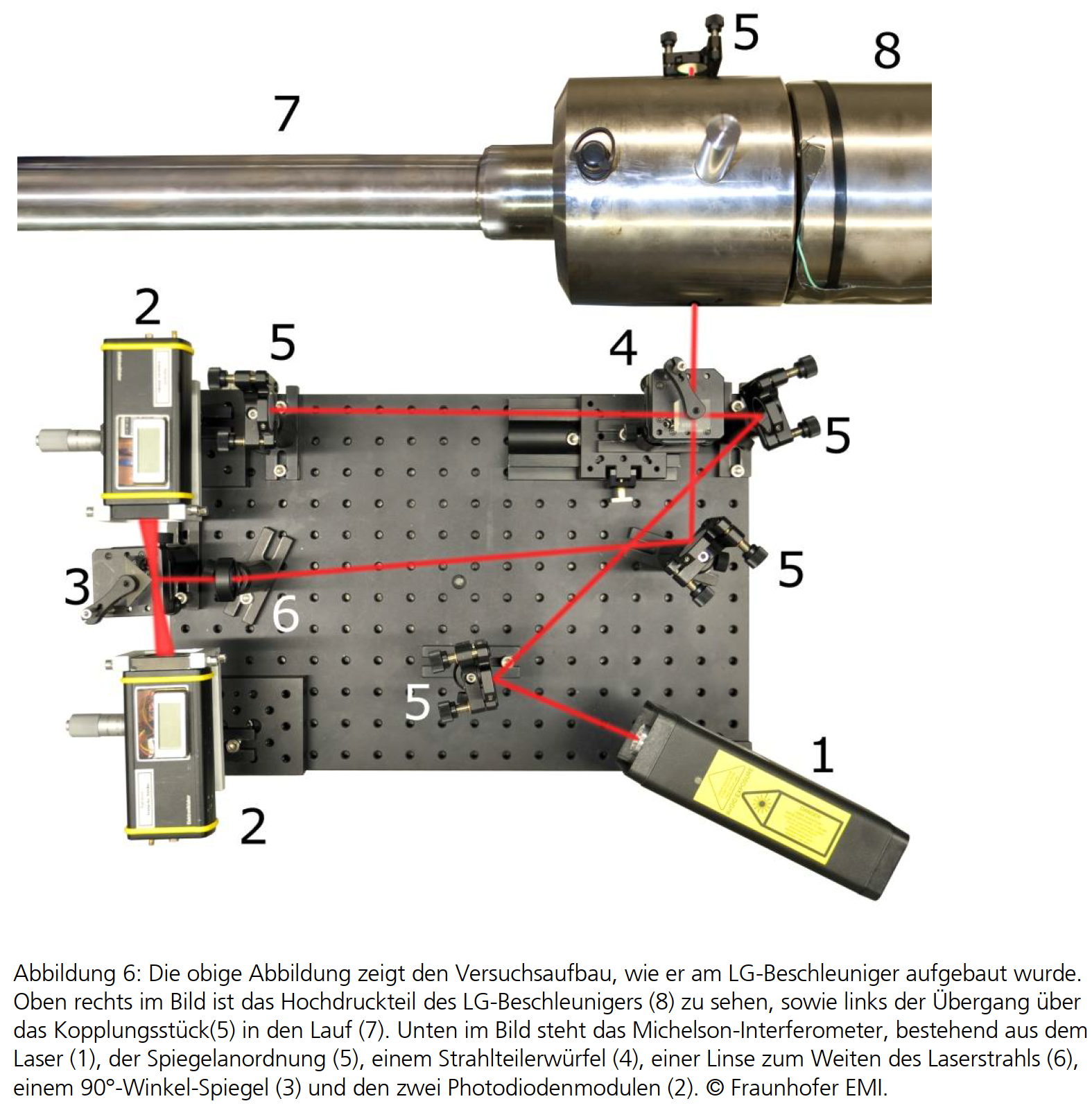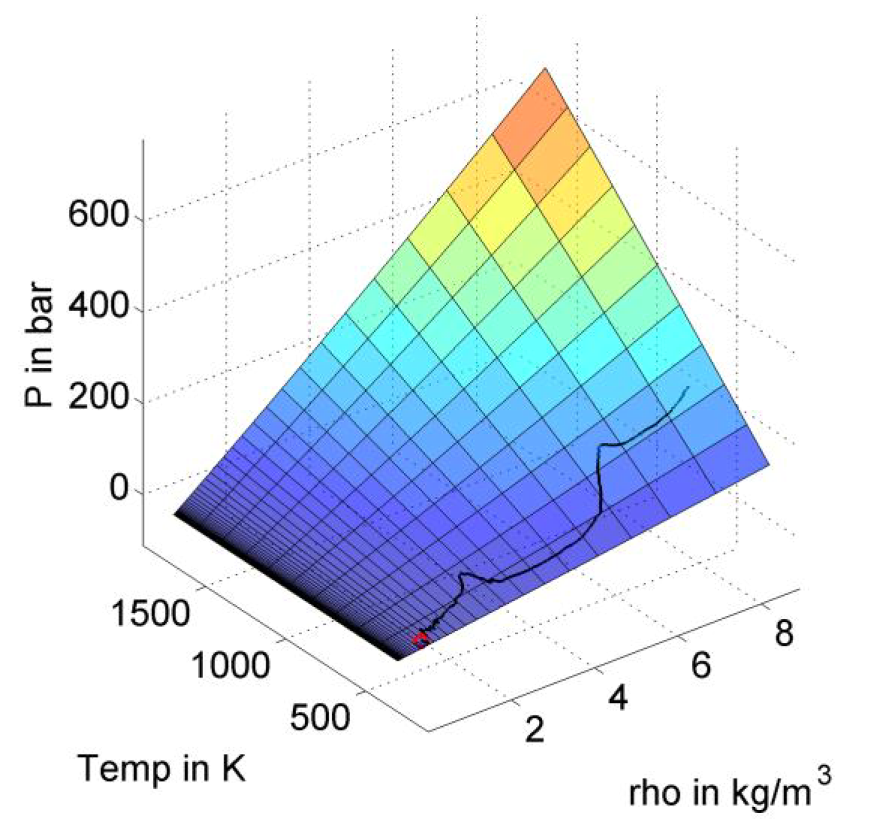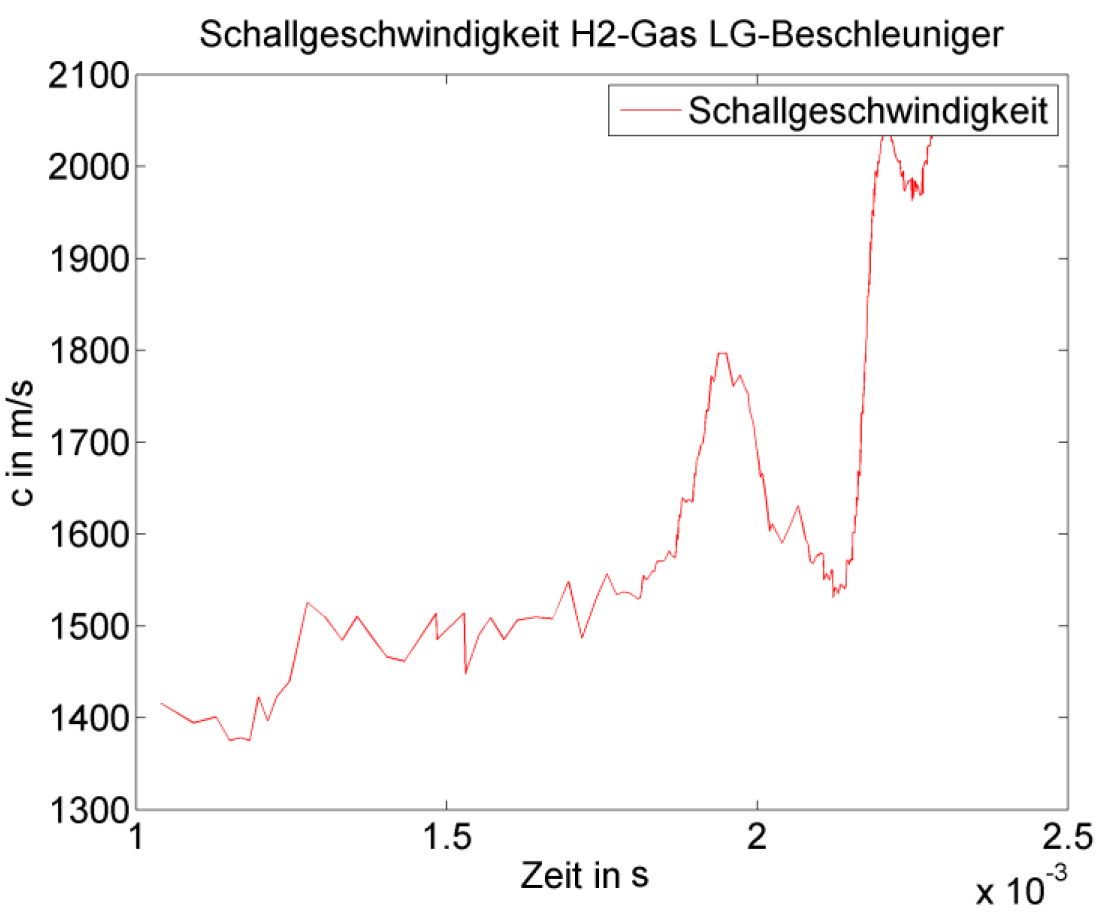Content
PyRID: A Brownian dynamics simulator for reacting and interacting particles written in Python (2020-2022)
Modelling biomolecular processes in cells is challenging. Cells are crowded and inhomogeneous, it's components are constantly undergoing transitions between different states, are translocated actively or via diffusion in 3d space or on a 2d surface of the cell's membrane. New proteins are constantly synthesized while others are broken down. Interactions between molecules drive phase separation and protein aggregation. This list of processes governing cells could go on. Depending on the research question at hand, we would like to be able to account for any of these features in a model. Therefore, during my time as a research assistant at the Computational Neuroscience group at the university of Göttingen and as part of the Collaborative Research Center "Quantitative Synaptology" I developed PyRID, a particle based reaction diffusion simulator.- Gillespie like stochastic simulation algorithms for biomolecular reactions
- Implementation of efficient data structures for molecular dynamics simulations
- Propagation algorithms for the translational and rotational motion of diffusing rigid bead molecules
- Diffusion tensor caculation by means of a modified Oseen tensor (Torre and Bloomfield)
- Implementation of raytracing and collision detection algorithms
- Mesh based 3D compartments
- Programming languages: Python (but with C-like speed thanks to jit compilation)
- Programming libraries: Numpy, Numba, h5py, plotly, pyvis
Documentation: Doc
Publication: 10.1016/j.crmeth.2025.101182
Top
Receptor trafficking and the maintenance of E-LTP (2018-2020)
Long term potentiation (LTP) is one of the cornerstones in memory and learning. However, some of the mechanisms behind its expression and maintenance remain elusive. By combining the ODE approach with a stochastic, grid-based model for protein interactions, we could explain many observations relating to the maintenance of the early phase of LTP.- System modelling by coupled ODEs
- Grid based models for receptor interactions (grid SSA)
- Extensive inclusion of experimental findings
- Programming languages: Python
Source Code: GitHub
Top
The influence of different mechanisms on the self-organized consolidation of memory representations in spiking neural networks (2018)
This study investigates the role of Spike-Timing-Dependent Plasticity (STDP) and Synaptic Scaling (SS) on the time evolution of memory representations in the presence of spontaneous, ripple-like activity. Such ripple-like activity is also found in the hippocampus during slow wave sleep and is linked to sleep induced memory consolidation. The study has been conducted at the Computational Neuroscience Group of the III. Institute of Physics - Biophysics at the University of Göttingen.- Implementation and simulation of spiking neural networks (SNN)
- Investigation of the influence of various factors on the consolidation of learned structures (memory consolidation) in SNN
- Implementation and analysis of different models of synaptic plasticity in SNN
- Theoretical analysis of the response function of simple neuron models (LIF) for the calculation of synaptic changes in STDP models (Spike-Timing-Dependent-Plasticity)
Top
Determination of the state change of hydrogen gas in a light gas accelerator (2015)
This work is the result of a study at the Space Technology Group of the Fraunhofer Institute for Short-Term dynamics in Freiburg. The Space Technology Group places a strong emphasis on experiments that examine the impact of space debris and micrometeoroids on spacecraft and their components. For this purpose, Fraunhofer EMI operates several two-stage light gas accelerators, which can accelerate millimeter-sized particles to orbital velocities of over 9 kilometers per second. The acceleration in such light gas accelerators is achieved by means of an extremely compressed hydrogen gas (0.1 kg/m³ to 100 kg/m³ within a few 100 𝜇𝑠). Accurate measurement of thermodynamic quantities in such a small time window proves to be difficult. However, in order to understand and optimize the acceleration process, a detailed knowledge of the thermodynamic state of the hydrogen gas during the acceleration process is required. Therefore, the aim of this work was to determine different thermodynamic quantities of hydrogen in a light gas accelerator.- Determination of various thermodynamic quantities of Hydrogen in a light gas accelerator by experimental measurement (pressure and density) and modelling
- Planning and implementation (construction) of an optical method (interferometer) to determine the density of hydrogen via its refractive index
- Determination of the equation of state for highly compressed hydrogen gas (P>10,000 bar) to calculate other thermodynamic quantities
Top
